Ups and downs: Swiss drivers benefit from world’s only mobile bridge
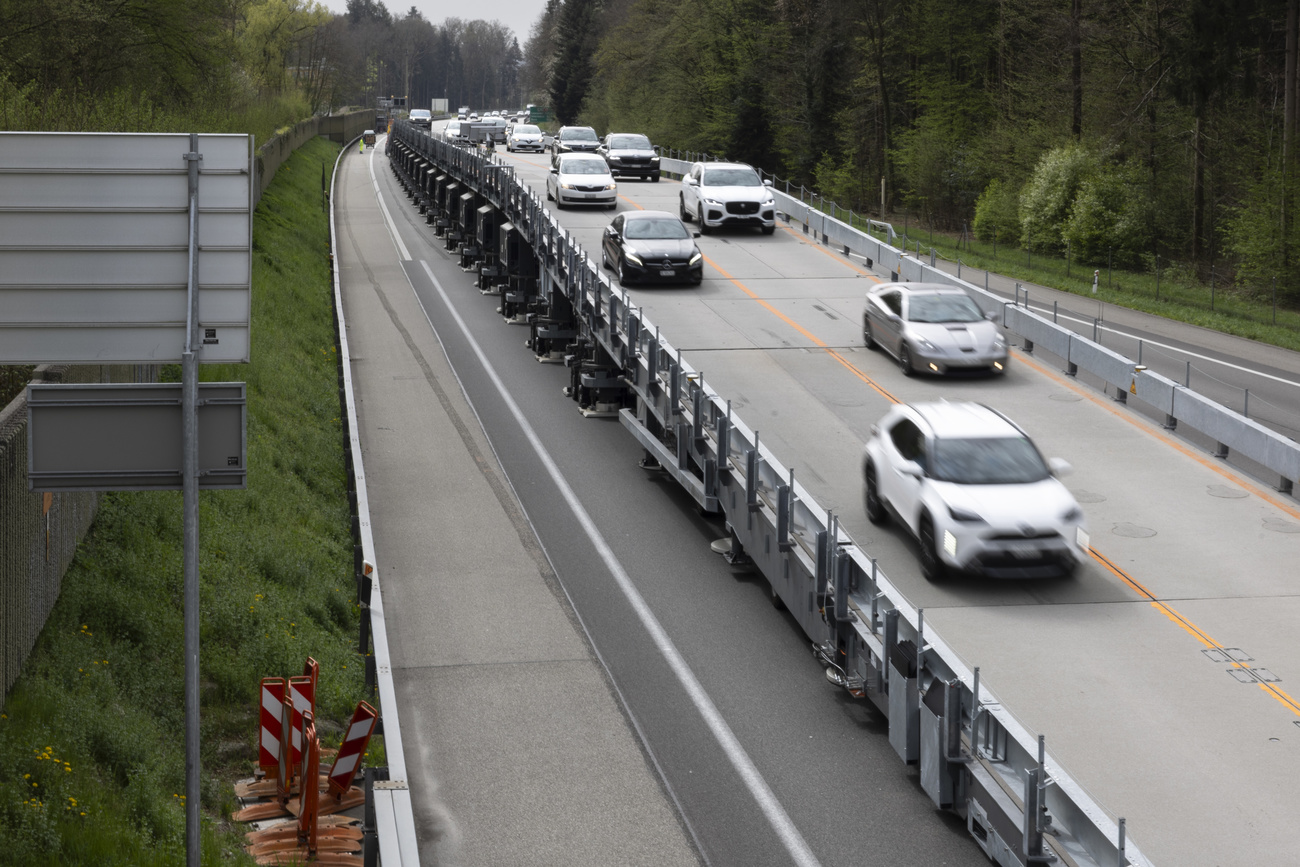
This Swiss invention really is a big success. The world’s first bridge on wheels is 257 metres long, weighs 1,250 tonnes and has carried traffic over motorway maintenance work since 2022. But its launch was a “debacle”.
Every summer a ritual grumble echoes across Switzerland, when drivers complain about the many motorways roadworks and the resulting traffic jams.
A lot of maintenance work has to be carried out during the warmer months because wet and frosty conditions can make certain repairs and resurfacing work impossible or lead to more frequent interruptions. This can prolong the construction period.
This has recently been remedied – in a world first – by a mobile bridge that guides traffic across the motorway construction site in two lanes.
Jürg Merian developed the 1,250-tonne monster on wheels, which is 257 metres long, 7.57 metres wide and 4.65 metres high. The project manager is a specialist in innovative solutions for motorway construction processes at the Federal Roads Office (Astra), which is why the bridge is called the “Astra Bridge”.
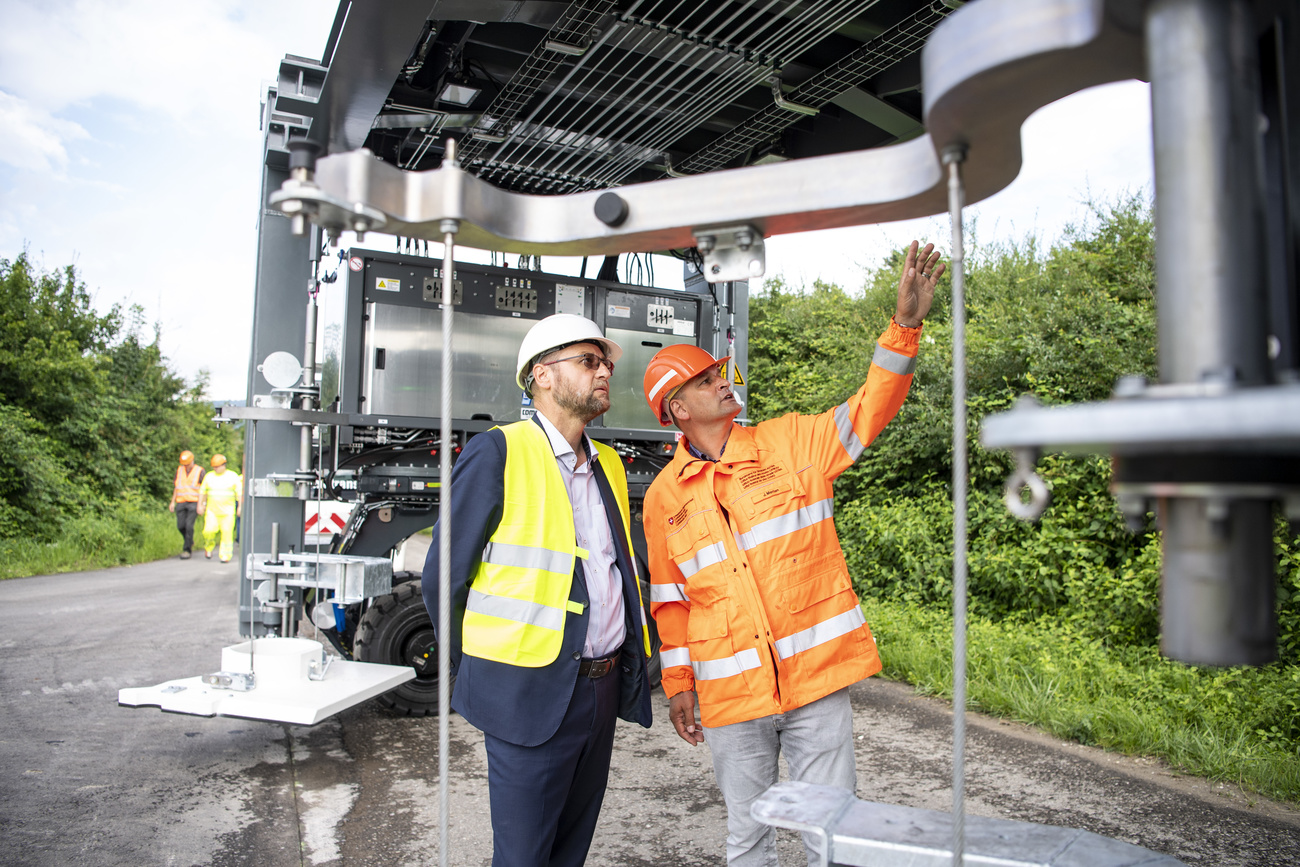
The Neue Zürcher Zeitung (NZZ) points out that the Astra Bridge is not a purely Swiss inventionExternal link, but a development of a fly-over ramp built by an Austrian company, which consists of modules that can be placed over a road so people can work underneath it.
This Austrian ramp has been used several times in Switzerland, including in St Gallen, the NZZ said. “But Merian was not entirely satisfied. First, the ramp was not mobile, and second, the working conditions for the road builders were poor.”
Merian’s Astra team therefore developed the ramp and increased the working area under the bridge from 1.60 metres to three metres. In addition, the noise of the vehicles travelling over it was significantly reduced.
Equipped with 22 motors, 256 wheels and a hydraulic system, the mobile bridge can be used not only on straight stretches but also on wide bends with a radius of up to 1,000 metres, Merian told SWI swissinfo.ch.

More
Record-breaking Switzerland: from the world’s steepest railway to the largest igloo
Greater safety for everyone
Assembly and disassembly of the bridge will take place at weekends between 8pm and 10am in order to minimise disruption to traffic.
According to Astra, this will require 16 low-loader lorries and three pneumatic cranes, which will be supervised by two 14-strong assembly teams.
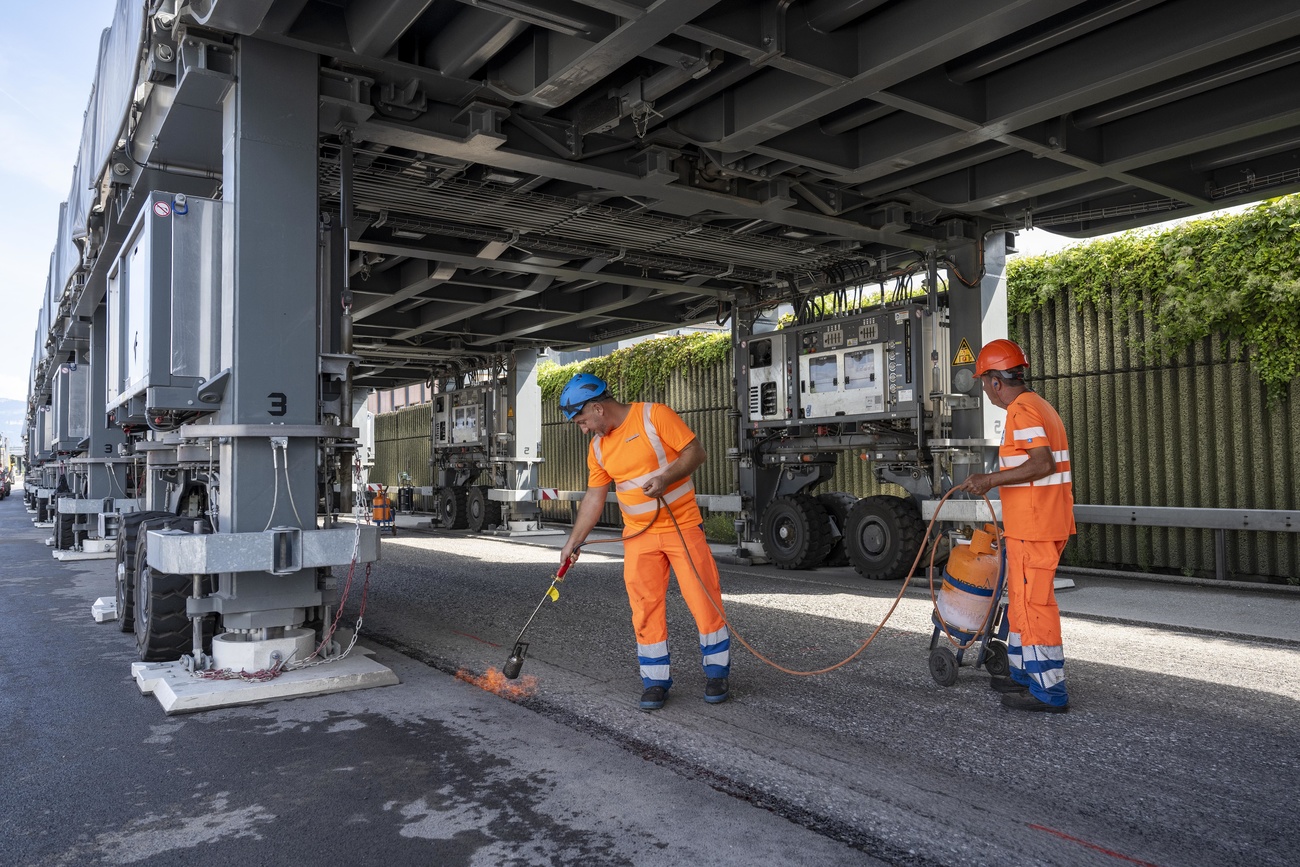
For Astra, the advantages of the mobile bridge outweigh the disadvantages. As soon as it is installed, traffic will no longer have to cross the opposite carriageway. This separation of construction work and traffic means greater safety for all those concerned, it says.
By dispensing with night work, residents will be protected from noise. In addition, staff and the construction site will be better protected from rain and sun, which will lead to fewer weather-related interruptions, it says.
A construction section of 100 metres can be worked on under the bridge. Once this has been completed, the bridge can be moved 100 metres to the next construction section by remote control.
With our SWIplus app, you receive a summary of the most important news from Switzerland every day, plus the main news programmes from Swiss public television and personalised monitoring of developments in the canton of your choice. Find out more about the app here.
Rocky start
According to Astra, the bridge can be driven on at 60km/h and the gradient on and off the bridge is only 1.25%.
This means that even vehicles “with very low ground clearance”, i.e. low sports cars, should be able to drive over the bridge without scratching their chassis.
However, the ramp’s incline caused problems – obstructions and general traffic chaos – when it was first used on the A1 motorway between Recherswil and Luterbach in 2022.
HGV drivers are also said to have complained about the “bumpy” carriageway on the bridge, according to Bild.deExternal link.
The gradient of the access and exit ramps was much steeper at the time. Instead of the planned maximum speed of 60km/h, traffic moved much more slowly, as it was only possible to drive up and down the rump at pretty much walking pace.
It looked like it could be a very expensive flop. “A few officials got carried away and produced a debacle,” said a haulage contractor and parliamentarian from the Swiss People’s Party in the NZZExternal link.

The bridge therefore had to be redesigned. The ramp was lengthened and the incline reduced. From April 2024, the optimised bridge was in operation on the A1 for six months and proved its worth, according to Swiss public television, SRFExternal link. Astra said around 85,000 vehicles crossed it every day.
Bild.de said the development and construction of the Astra Bridge cost around CHF20 million ($22.6 million), and the optimisation after the unsuccessful first use cost a further CHF5 million.
The bridge is currently being modified and, according to the latest information from Astra, is due to be used again in 2026. Merian says in future the bridge should also be useable on bends with a radius of up to 800 metres and on slight inclines. “We will check this with a driving test,” he said.
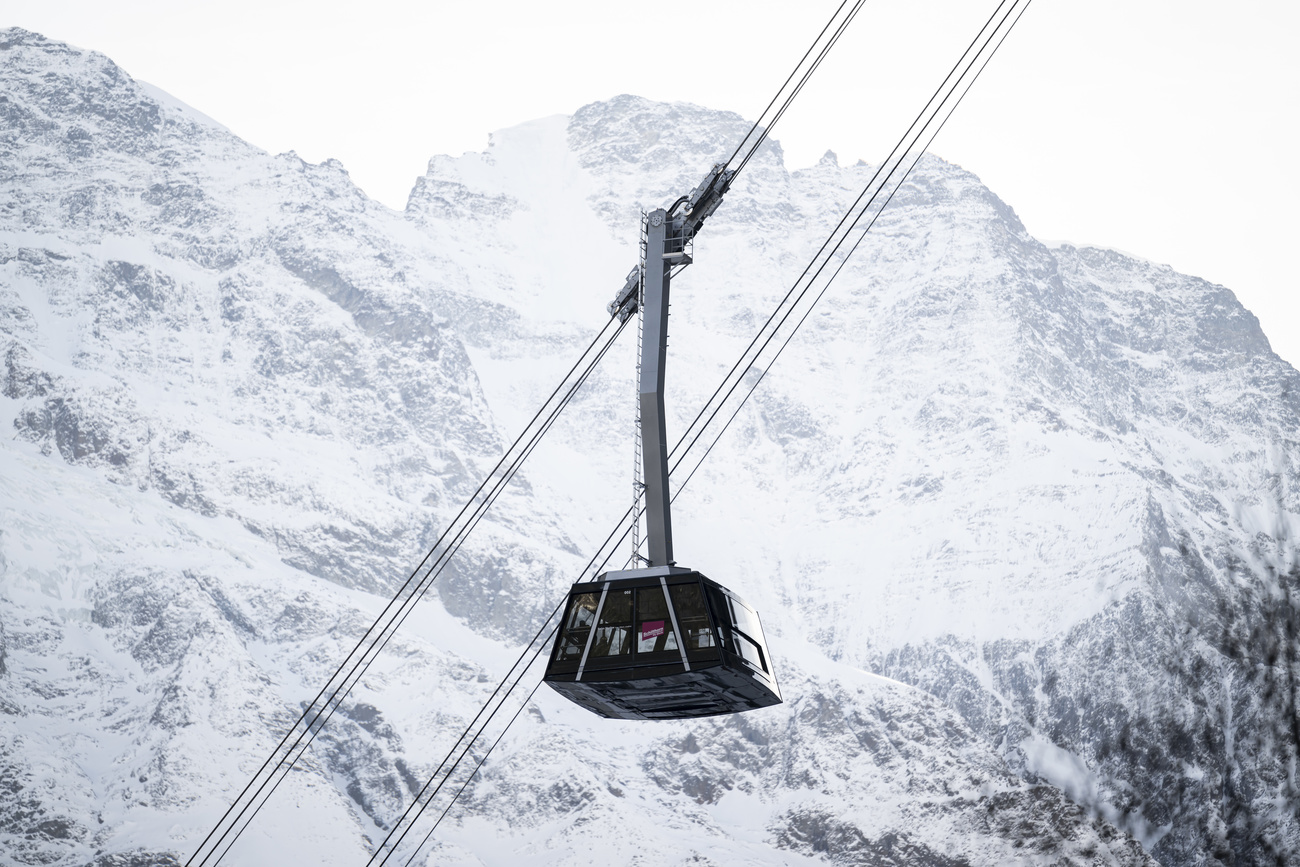
More
‘Swiss engineering at its best’: the steepest cable car in the world
Will the bridge become an export hit?
The Astra Bridge was also noticed abroad and followed with great interest.
The authorities of almost 20 countries have already enquired about the bridge, wrote Streetlife.chExternal link. “Norway even wanted to rent it,” Astra director Jürg Röthlisberger said.
A video of the bridge on British website Unilad went viral on Instagram, 20 MinutenExternal link reported in September 2024 – although it incorrectly referred to several bridges. “Most people in the comments are envious of Switzerland,” said 20 Minuten.
Edited by Balz Rigendinger. Adapted from German by Thomas Stephens
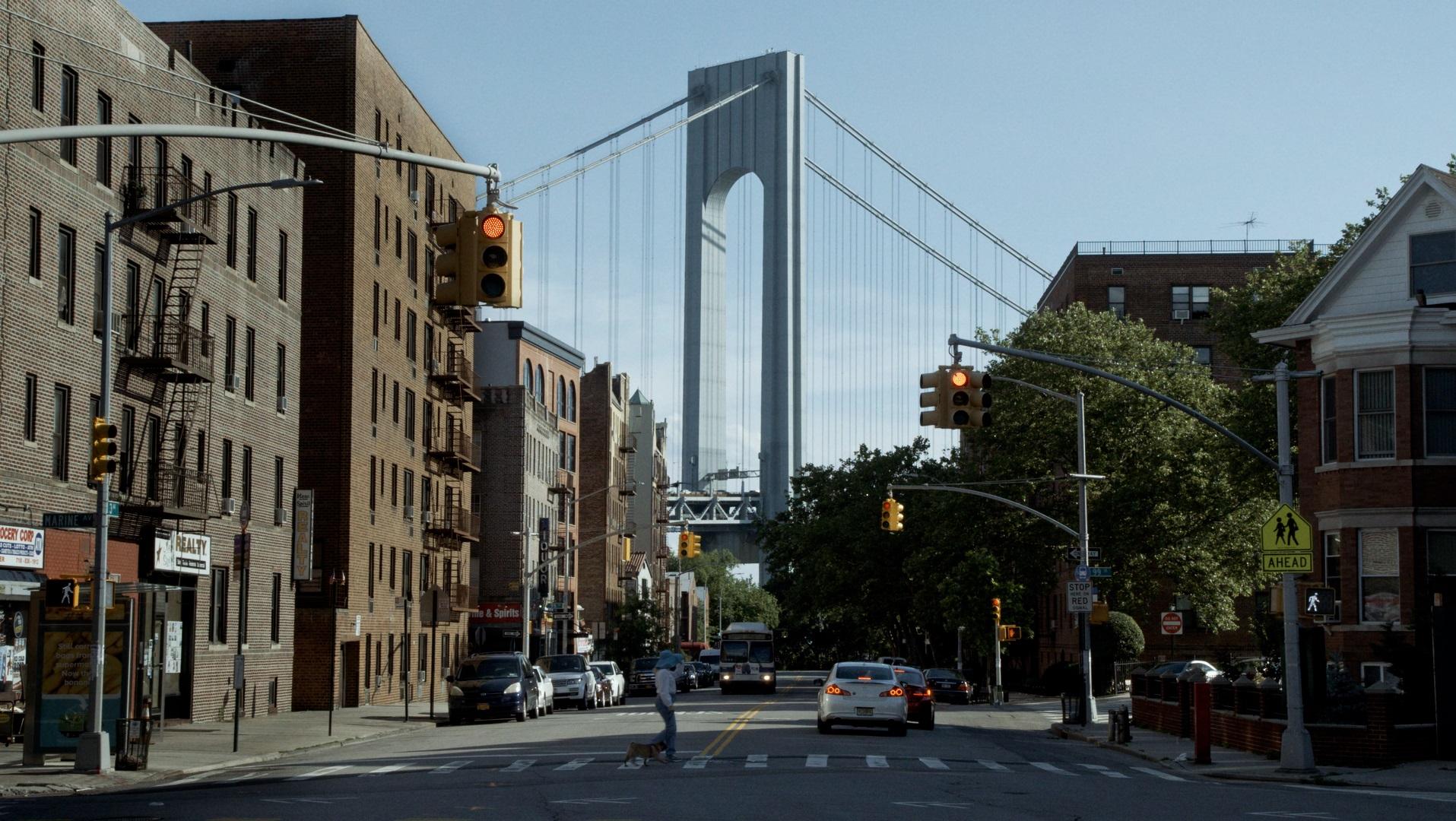
More
The visionary Swiss engineer who changed the face of New York
More

In compliance with the JTI standards
More: SWI swissinfo.ch certified by the Journalism Trust Initiative


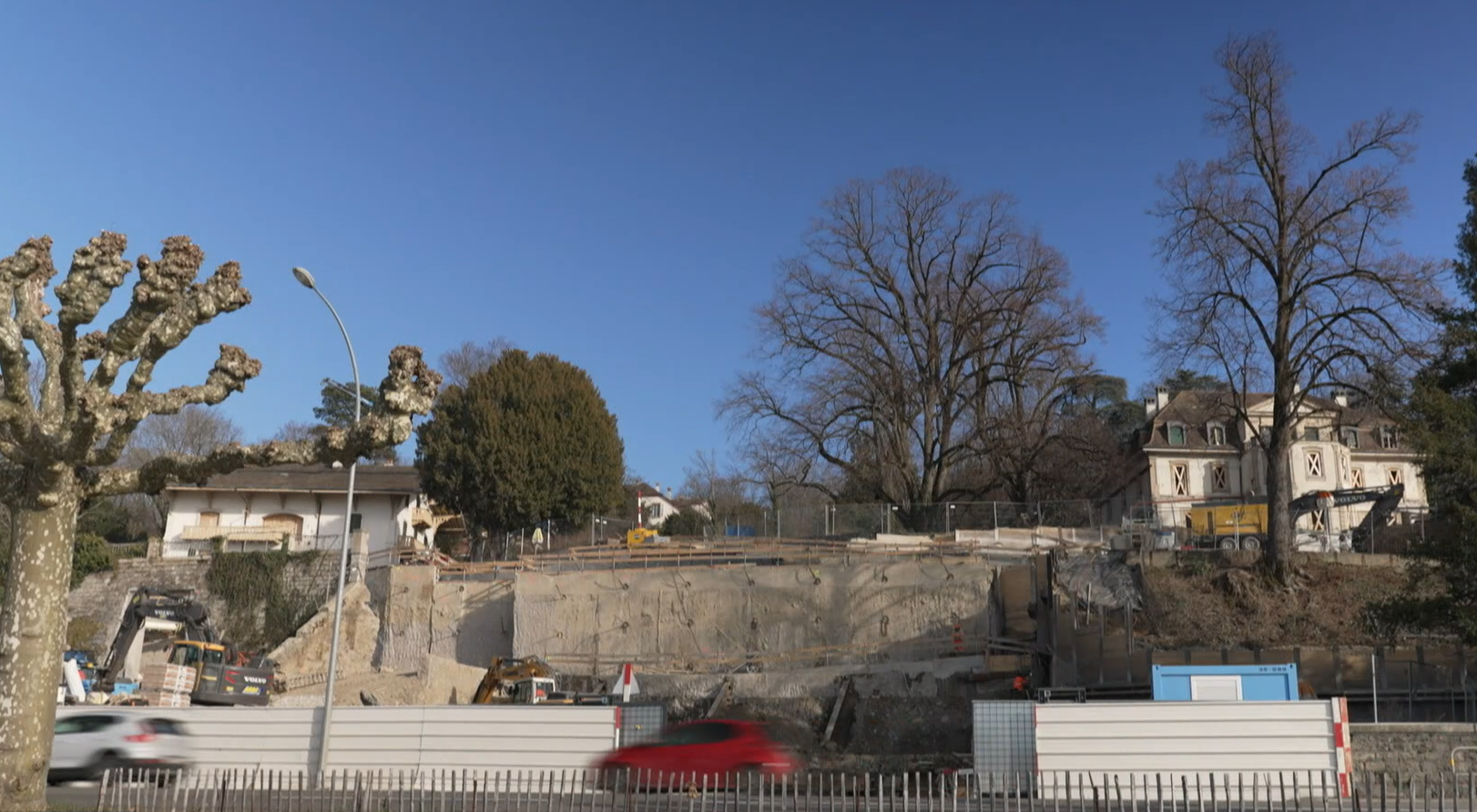

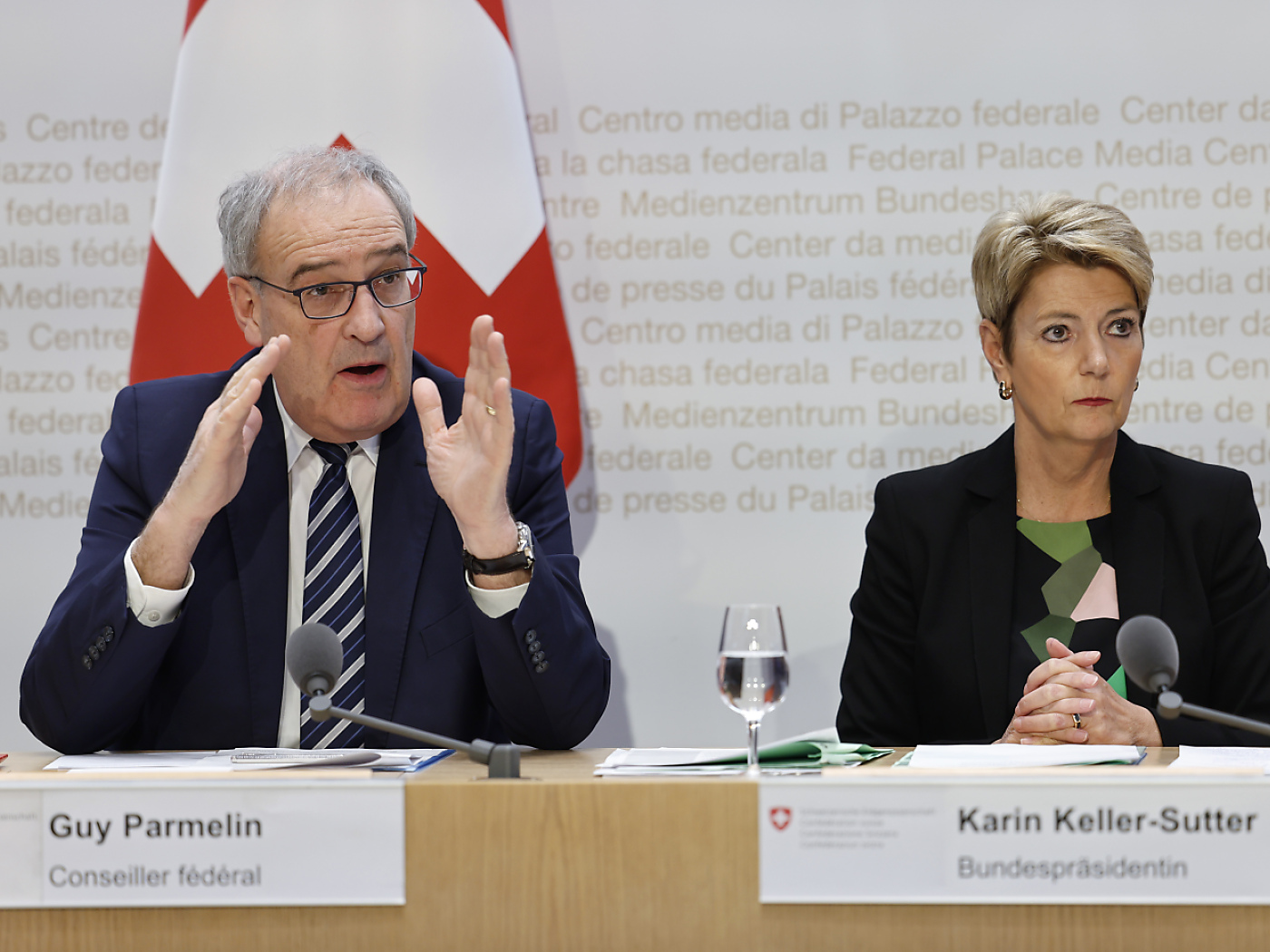
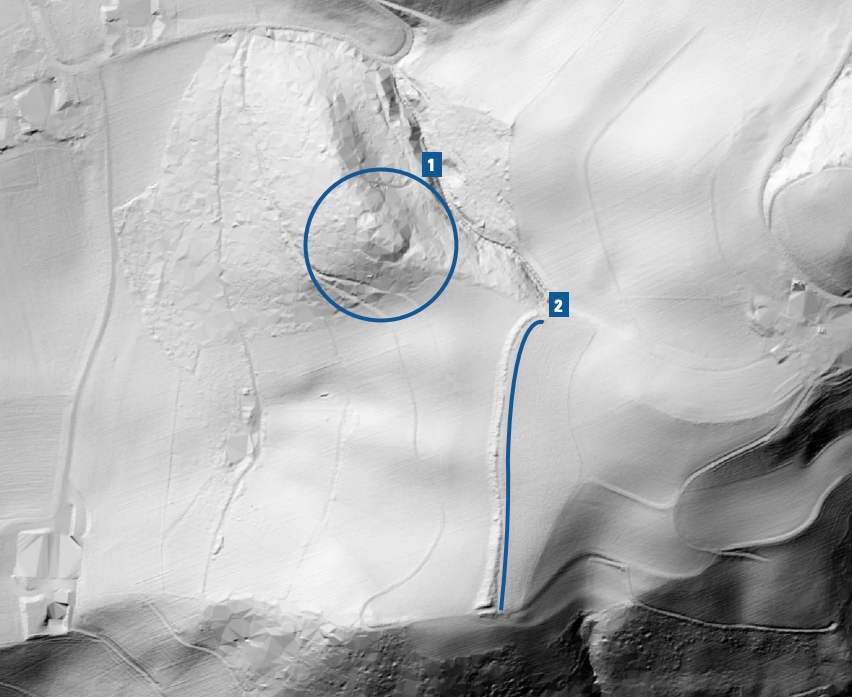

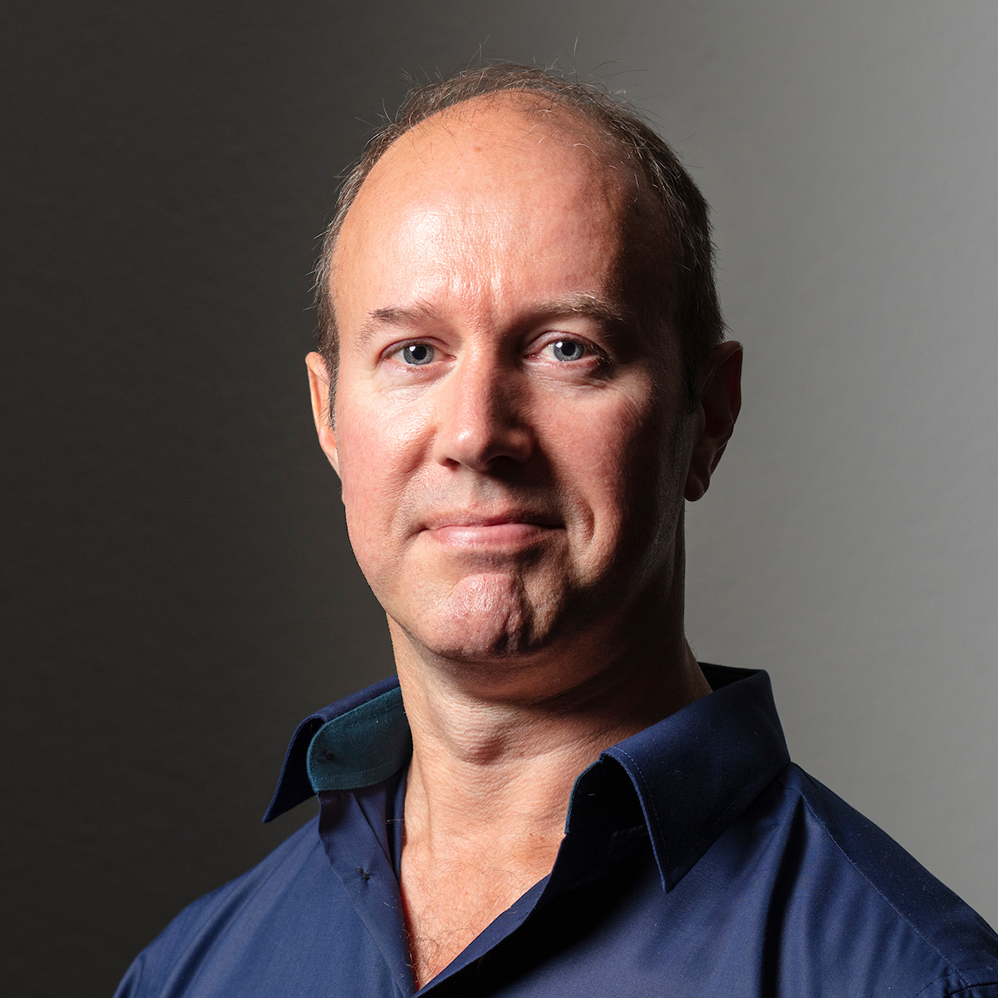


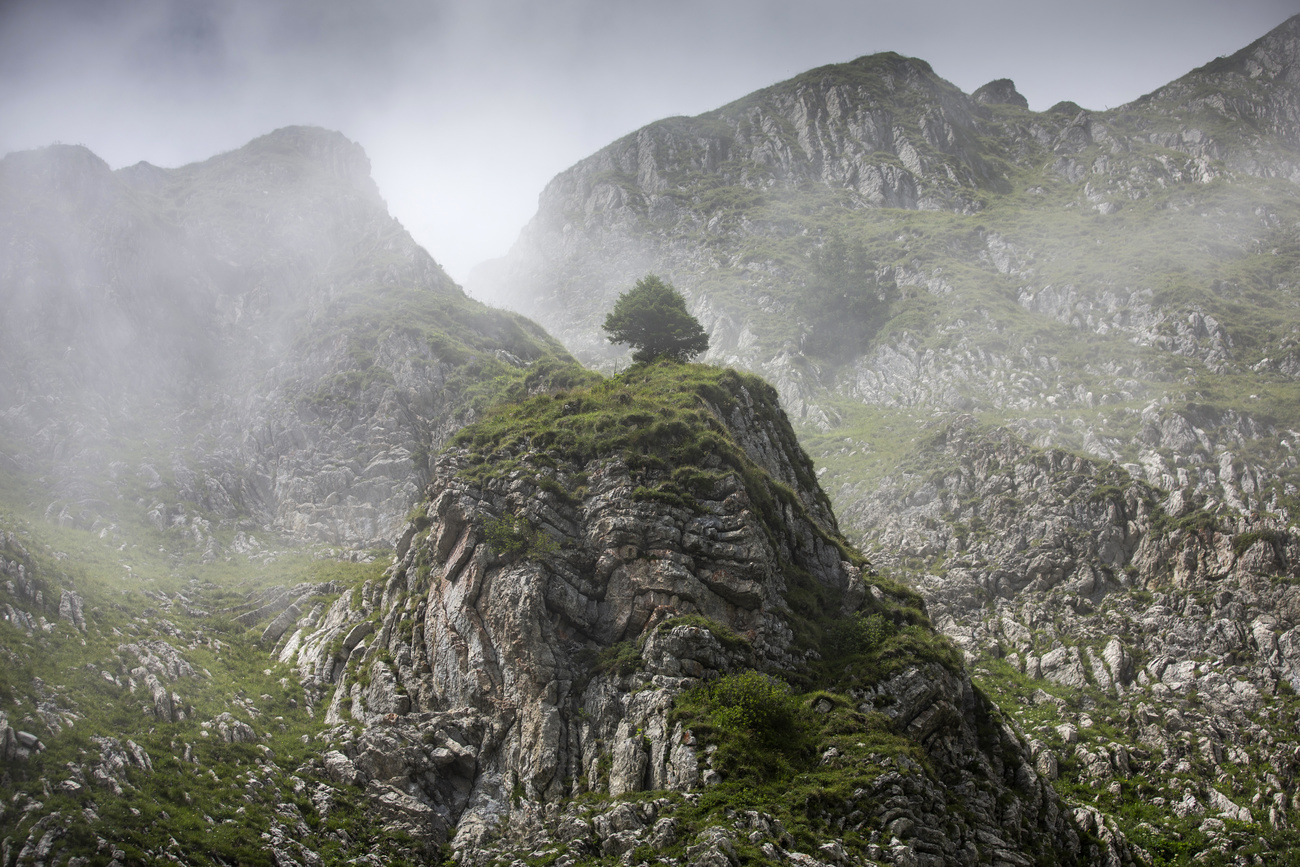
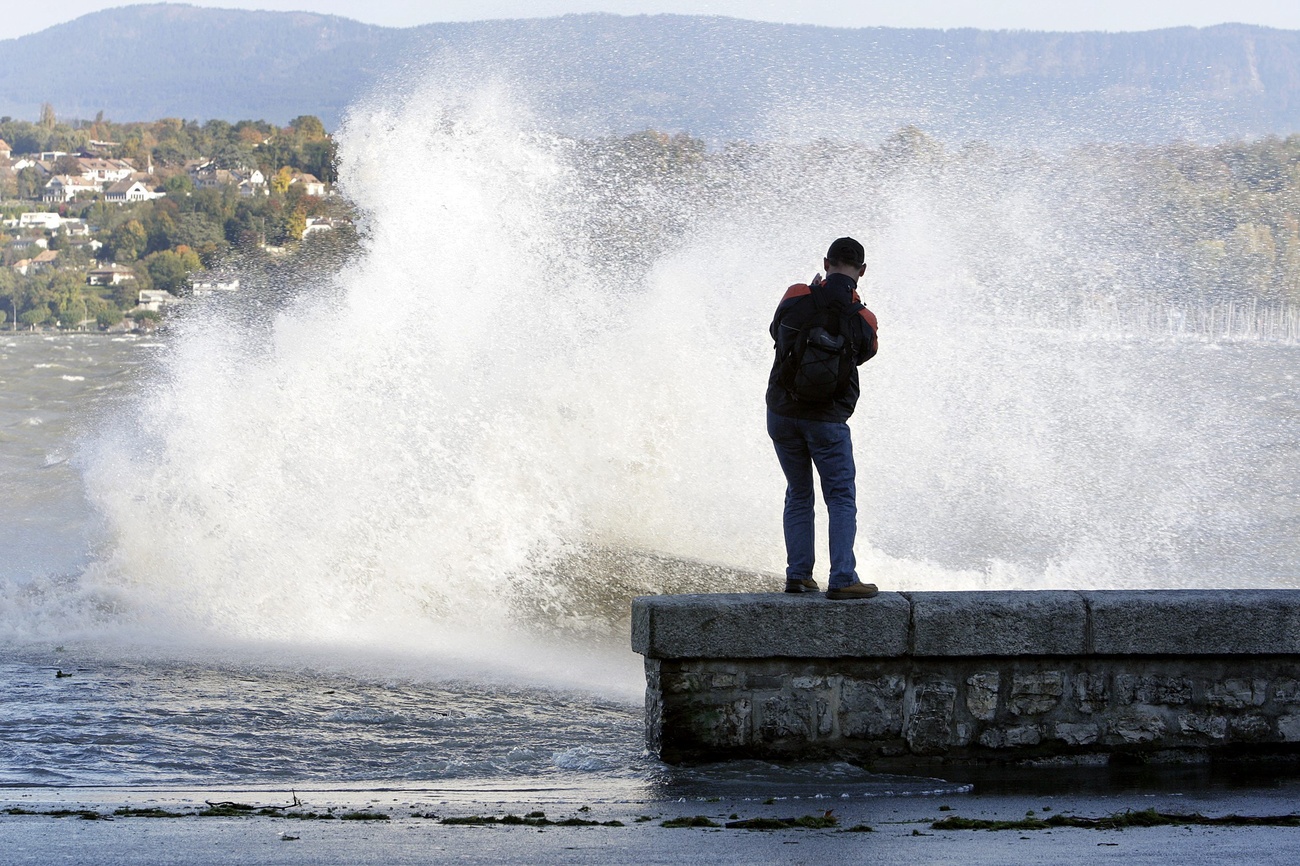



You can find an overview of ongoing debates with our journalists here . Please join us!
If you want to start a conversation about a topic raised in this article or want to report factual errors, email us at english@swissinfo.ch.